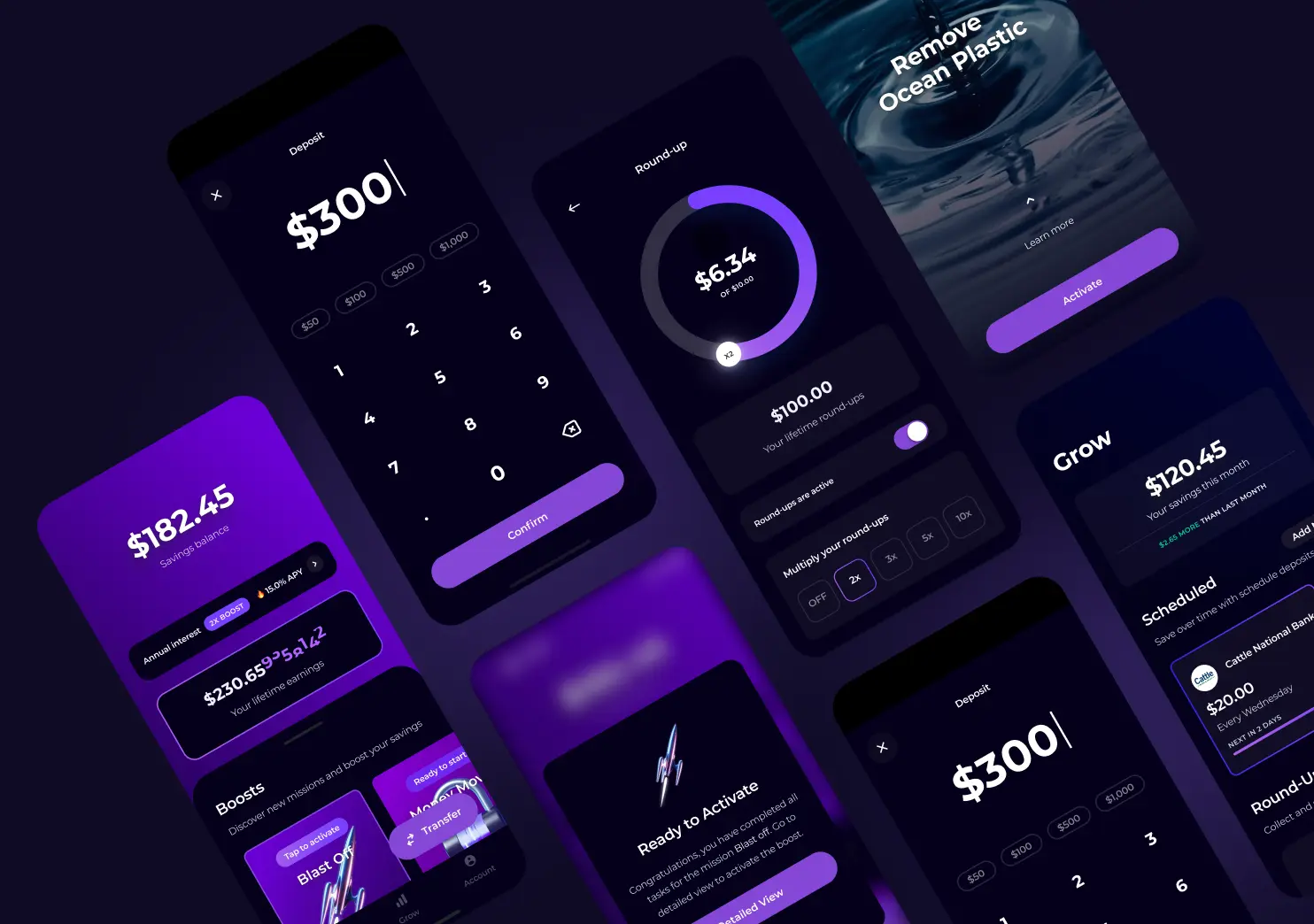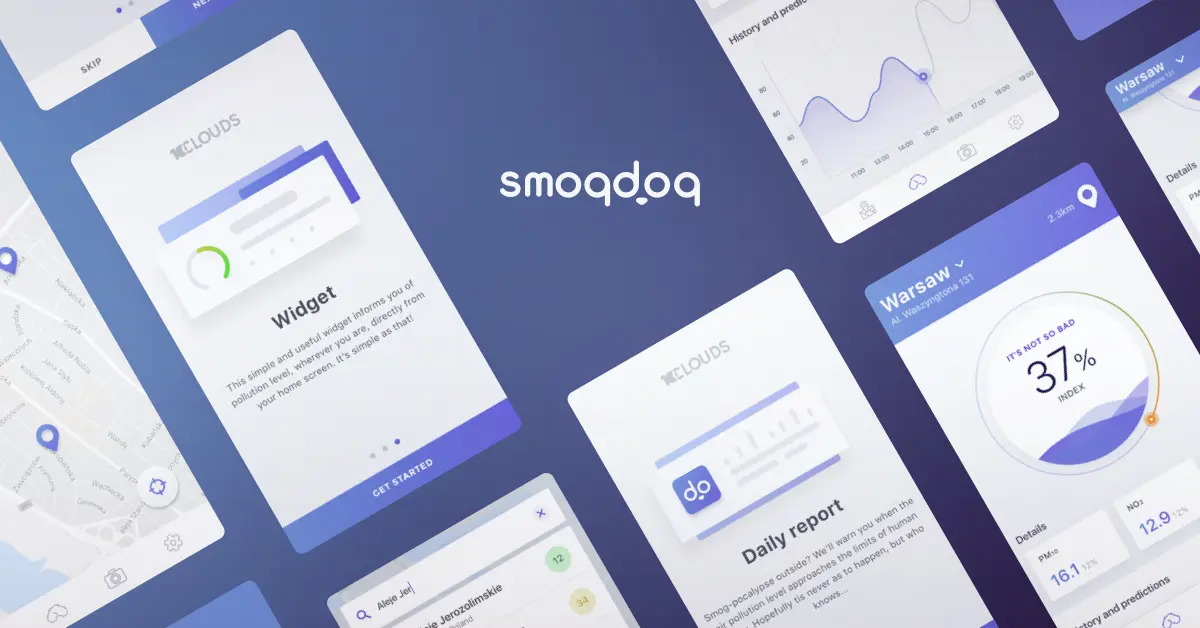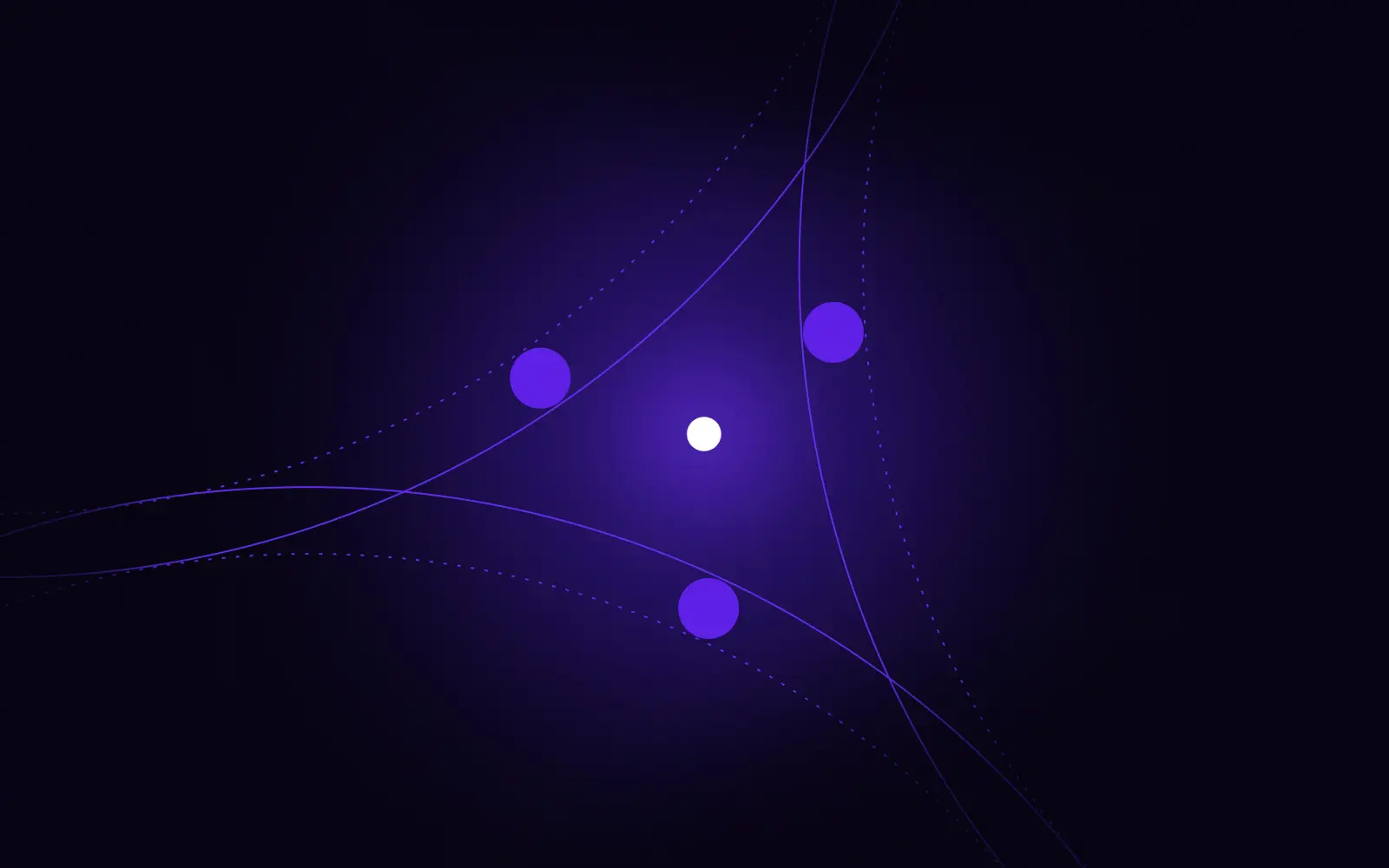
Welcome to the fourth edition of our brand new content series at 10Clouds in which we’ll be talking to a range of people across the business to find out what their job involves, what they love most about their workplace, and what challenges they face and overcome on a daily basis.
Today we’re excited to talk to our new Head of Design, Wojciech Tymicki, who has been with 10Clouds for a year and a half, working as a Senior UX Designer and Team Leader.
Wojciech has more than 10 years of design experience and has worked with startups, scale ups and enterprises in industries ranging from fintech and Defi, all the way through to construction and hardware. Welcome Wojciech.
Congratulations on your new role! Could you tell us a bit about the position?
The main responsibility of this position is looking after my team members and helping them to grow and develop, while delivering outstanding projects. But the role is not just about mentoring — it’s also about removing any obstacles and roadblocks that designers stumble upon in their day-to-day work or in their projects.
The second most important element is nurturing a culture of mutual support within the team. Every designer is an owner of his or her own unique knowledge and experience, and I’m always keen to share this knowledge across the team, as I see it as a vital element of development — just as important as working on interesting client projects.

What makes the 10Clouds’ design team unique?
Maybe this will sound a bit corporate but it’s the real potential for growth.
Working at 10Clouds is an incredible opportunity to get a very diverse and wide-ranging experience of design.
Each of our clients and projects brings a new and different set of challenges. Each of them requires an individual approach from designers, and use of selectively-chosen workshop methods and tailor-made design processes — with the ultimate aim of delivering the very best outcome.
This experience gained during work on those projects becomes part of our common knowledge repository which we share during our ‘Design Inspiration Meetings.’ This means that the experience gained by one designer becomes inspiration and guidance for the whole team.
We often talk about how members of the 10Clouds’ design team learn from each other. Could you tell us more about what this peer-to-peer relationship looks like?
Since the start of the pandemic, we have put a lot of emphasis on supporting continuous communication with our three design teams: two product design teams, and one focused on visual design. We are doing that by moderating multiple Slack channels and recurring ‘Project review’ and ‘Design Critique’ meetings. ‘Project review’ is a meeting that happens with the individual team. Each designer has 15 - 20 min to share his or her current problem or present a solution to a specific feature or user flow. Thanks to that everyone in the team is up to date with the work of others and can get feedback from other teammates.
'Design Critique' is a longer meeting called by a designer to get feedback from the whole design team. Designers give a short introduction to the project context, present the work and explain their reason for selecting certain solutions and decisions. They also discuss the problems that they were faced with. This meeting is very constructive in nature and often leads to quite animated discussions.
The organization of recurring feedback meetings teaches how to give constructive feedback and makes people feel safe when showing their work in front of other designers. This in turn leads to an openness to seek support from team members on a daily basis, whether it is on Slack or in a short peer-to-peer video call.

You’ve mentioned in the past that the ‘market validation’ stage of the design process is crucial. Can you tell us why?
Every product designer is a consultant in an area of visual communication and digital product usability. An important part of their work is the constant validation that the given product is suited to the user’s needs and current market demands. We have many tools at our disposal that help us to test this. We begin with a well-conducted discovery phase. This is supplemented with user interviews and usability tests or analyses of analytical data and quantitative research.
Every designer increases the chances of a product’s success through a well defined UVP, analysis of pains, gains and user needs and a well-defined MVP. All these actions generate the data and knowledge needed in the process of design decision-making.
But product validation is a continuous process. Designer decisions are based on the results of the product discovery phase or materials collected during workshops. At this stage we are still in the realm of assumptions that require further market validation. The product must perform well in a real-life scenario and not just in lab conditions. The observation of that performance drives further decisions around product development and design. That is why working on a digital product is a never ending process of creation and validation. In this loop we have an opportunity for quick and measurable reactions based around users needs and feedback.
It’s also worth mentioning that in this process the trio of client - designer - user is critical. Facilitation of client requirements, listening to user needs and a proper design all form the foundation of successful product design.
What are you most proud of when it comes to our design team’s achievements?
The quality of work is outstanding; that goes without saying. But I think the biggest achievement is the level of cooperation and support.
We have an amazing team made up of very diverse designers, coming from different backgrounds with varied skills. These cover motion design, 3D design, illustration, prototyping, pixel-perfect designs, all the thorough to UX research and workshop facilitation.
Our ability to support one-another, exchange knowledge, work together and inspire and excite each other is the reason we form such a great team. Design is fun for us, and we want that spark of job to permeate everything we do.

What advice would you give to someone just starting out in their design career?
Stay humble. Learn from the best. Be open to critique from more experienced colleagues. Have a hunger for knowledge — this profession requires constant learning and experimentation, so be open to new styles and methods, and new solutions to design challenges. Nurture curiosity and ask questions.
Thank you.
Does it sound like the perfect workplace for you?
Join our team by applying to one of our job ads or just send us your CV. Who knows, we might be looking for someone with your skillset right now?



